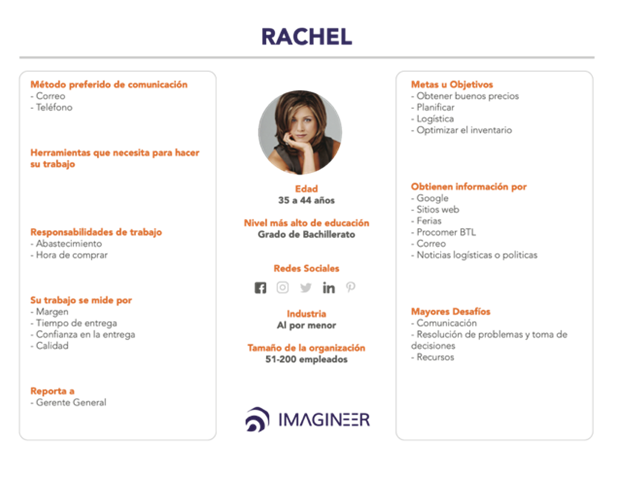Effective operational process for marketing sales and customer service
What sets organizations apart that thrive and keep customers satisfied amid intense competition? How is sustained growth and prominence achieved?
CX initiatives are often designed under a "one-size-fits-all" approach, rather than focusing on the people and moments that matter most in their Customer Journeys.
Index

What is a Customer Journey?
A Customer Journey refers to the experiences people have before, during and after deciding to buy a product or service. In other words, the Customer Journey portrays the buyer persona's buying process and how it progresses through the different stages, across different touchpoints.
The Customer Journey can be divided into 3 main stages:
The idea of understanding these stages is to create strategies that help the buyer persona move along the path from awareness to purchase.

Why use Customer Journey in CX strategies?
First, Customer Experience (CX) refers to customers' experiences (positive and negative) with a particular brand, focusing on the touchpoints that exist before, during and after the buying process.
Sound similar?
Of course, CX uses the customer buying process as input to design user-centric strategies, seeking to delight customers at every stage of the Customer Journey.
Using the Customer Journey in CX strategies allows you to:
Recommendations
To correctly create a Customer Journey that facilitates the definition of CX strategies, I recommend the following steps:
To create a Customer Journey, it is first necessary to define who the customer is, using Buyer Personas. This tool helps to represent an ideal customer through a semi-fictional profile based on demographic and attitudinal characteristics.
By understanding who the ideal customer is and what their goals, needs, motivations and pains are, a user centric CX strategy can be created.

By understanding who your customer is, their behavior, preferences, habits, day-to-day life, needs, motivations, pains... it's time to map their buying process. Describe the step-by-step, from the moment a need or problem arises until the customer makes the purchase, considering the research and analysis involved.
Once you have the Customer Journey Map, you must determine those touchpoints that present opportunities or challenges, identifying the "moments of truth". That is, you must identify the stages in which the customer is in contact with the company, in which a positive or negative experience can determine the continuity of the process or the discarding of the brand.
You should not stop at identifying the moments of truth, on the contrary, it is necessary to determine the expectations of customers at these stages to define the strategies, based on the content for each moment, the service, and the experiences to be provided.
Here you should define the people responsible for each stage of the process, the necessary system, the data to be collected, the indicators to be measured, among others.
Once you define what the customer expects, you must determine how to meet those expectations. You already have an inventory of the necessary things; it is time to invest to reduce the gap between what the customer expects and what the company currently offers.

I recommend the following blogs about Customer Journey Maps:
Customer Journey Map - HubSpot

What sets organizations apart that thrive and keep customers satisfied amid intense competition? How is sustained growth and prominence achieved?

In today's highly competitive market, people have a variety of brands or entities to turn to when they need a product or service. For a company to...

Discover how to achieve excellence in CXM practices and strategies in your company. Adopt innovative initiatives that will benefit your customer...